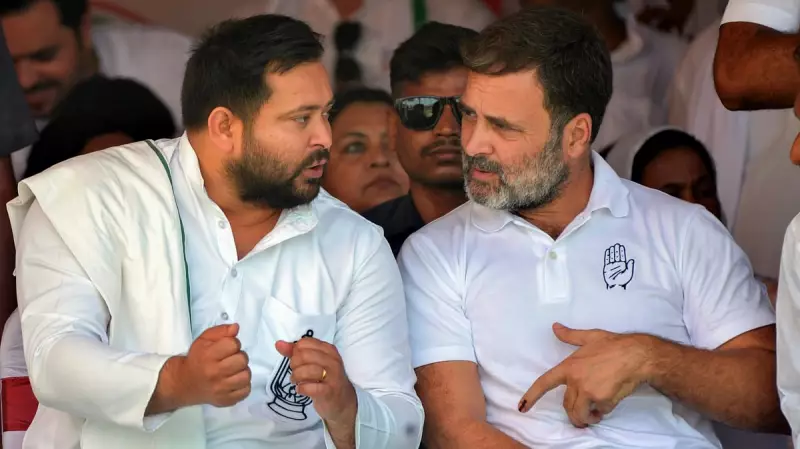
With the crucial Bihar Assembly elections of 2025 looming on the horizon, a significant political stalemate has emerged within the opposition INDIA alliance that could potentially derail their campaign strategy. The coalition partners find themselves at an impasse over seat-sharing arrangements for exactly 12 key constituencies, with neither side showing willingness to compromise.
The Heart of the Conflict
The deadlock centers around a dozen assembly seats where multiple INDIA bloc constituents are refusing to yield ground to each other. This political tug-of-war threatens to fragment the opposition vote and provide an advantage to the ruling National Democratic Alliance (NDA) in these crucial battlegrounds.
Key Players in the Standoff
The Rashtriya Janata Dal (RJD), Congress, and Left parties – all vital components of the INDIA alliance in Bihar – have dug in their heels regarding their respective claims to these contested seats. Despite multiple rounds of negotiations and backchannel discussions, the political deadlock shows no signs of resolution as the election calendar draws nearer.
Strategic Implications
Political analysts suggest that this internal conflict within the opposition alliance could significantly impact the electoral dynamics in Bihar. The inability to present a united front in these 12 constituencies might:
- Split the anti-NDA vote, benefiting the ruling coalition
- Undermine the INDIA bloc's credibility among voters
- Create opportunities for regional parties to gain traction
- Weaken the opposition's narrative of unity against the BJP-led NDA
Historical Context and Current Challenges
This isn't the first time seat-sharing has proven challenging for opposition alliances in Bihar. However, with the 2025 elections being crucial for both state and national politics, the stakes are considerably higher. The current impasse reflects deeper ideological and strategic differences among alliance partners that extend beyond mere seat distribution.
As the political temperature rises in Bihar, all eyes remain fixed on whether the INDIA alliance can break this deadlock and present a cohesive strategy to challenge the NDA's dominance in the state. The outcome of these negotiations could very well determine the political landscape of Bihar for years to come.





